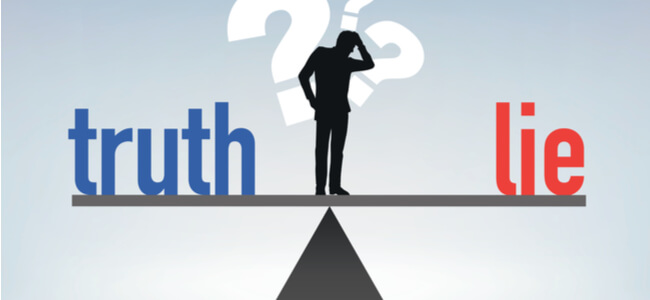Is it Possible to be Your own Twin? - The Story Of Lydia Fairchild

Having an identical twin can often feel like you’re looking in the mirror when you’re talking to them.
But what if your identical twin is actually existing right there in your genetic makeup, subtly glaring back at you as you gaze upon yourself?
It might seem unlikely or even impossible, but as one woman, Lydia Fairchild of Washington state, found out, it’s actually not impossible at all. Just extremely rare.
After a call from the department of social services, Fairchild discovered that, while it was clear who the father of her children was, her role as mother of her young’uns was up for serious interrogation.
A routine DNA test led the authorities to a strange conclusion that Fairchild was not the mother of her children and that it was actually someone else, which ultimately led to a lot of problems for her through the American legal channels.
She was facing potential charges of welfare fraud by acting as a surrogate mother for hire and was under serious pressure from social workers. So much so, she nearly lost custody of her children entirely.
Fundamentally, the reason Lydia Fairchild faced such legal problems is that DNA is king in US law.
What was stated in the DNA testing made it incredibly difficult for her to plead her case and after three separate court hearings, the outlook for her wasn’t exactly promising, and most of the lawyers she turned to weren’t prepared to take on her case.
DNA being the overriding information that it is, it seemed too much like the children belonged to a sibling rather than her.
Childbirth has continued to be difficult for Fairchild who was had to endure the undignifying presence of a court official’s presence in the room when she next gave birth.
Another Example
Funnily enough, Lydia Fairchild isn’t the only person to have to deal with this medical anomaly.
A woman from Boston named Karen Keegan was met with the unusual circumstances of giving birth to two boys of her own that don’t share her DNA.
When dealing with issues with her kidney, the hospital began quizzing her on where her children were born, the name of the hospital and whether she’d actually given birth to the children herself.
After rigorous testing, including her hair, blood, and saliva, there was still nothing that shared the same DNA with her children.
It was only after some quick thinking from Keegan, the thought to test the tissue of a previously removed thyroid nodule was what allowed her to prove her maternity over her sons.
Just like with Lydia Fairchild, Karen Keegan has two different sets of DNA that effectively make her her own twin.
It’s important to note, though, that despite how rare this condition is, Fairchild and Keegan are certainly not the only people to have this anomaly in their DNA.







